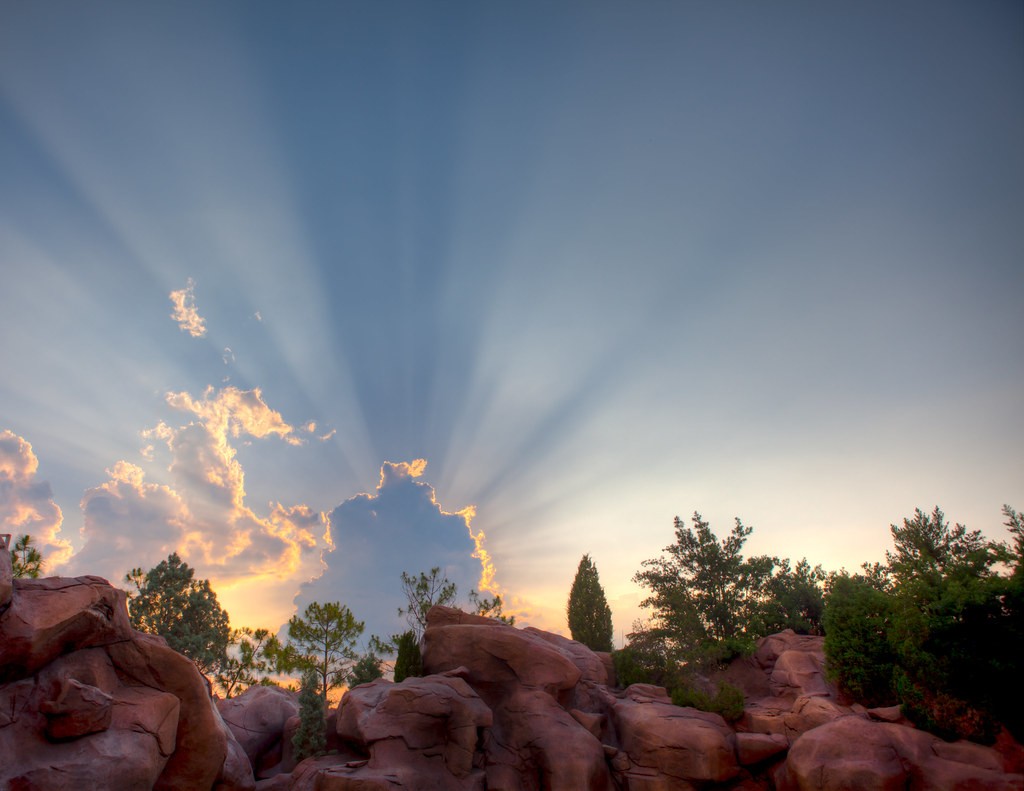- Joined
- May 1, 2008
- Messages
- 25,502
- Reaction score
- 5,111
- Location
- UK - England
- Can others edit my Photos
- Photos OK to edit
- Moderator 🛠️
- #16
Its fake HDR because you are not doing an HDR since the sensor has captured the image data - HDR is for when (correctly) the exposure range exceeds the level of cameras ablity to capture the full data range - or for when one wants to get improved levels of detail (especailly in the darker areas of the shot).
The single shot "fake HDR" is correctly called tone mapping and its a method I do use:
http://www.thephotoforum.com/forum/...93693-tricks-using-raw-dont-burn-results.html
Again you do seem to be responding to no one in this thead and simply targeting a rant at anti tonemapping people when there are none present in the thread countering the use of tone mapping.
The single shot "fake HDR" is correctly called tone mapping and its a method I do use:
http://www.thephotoforum.com/forum/...93693-tricks-using-raw-dont-burn-results.html
Again you do seem to be responding to no one in this thead and simply targeting a rant at anti tonemapping people when there are none present in the thread countering the use of tone mapping.














